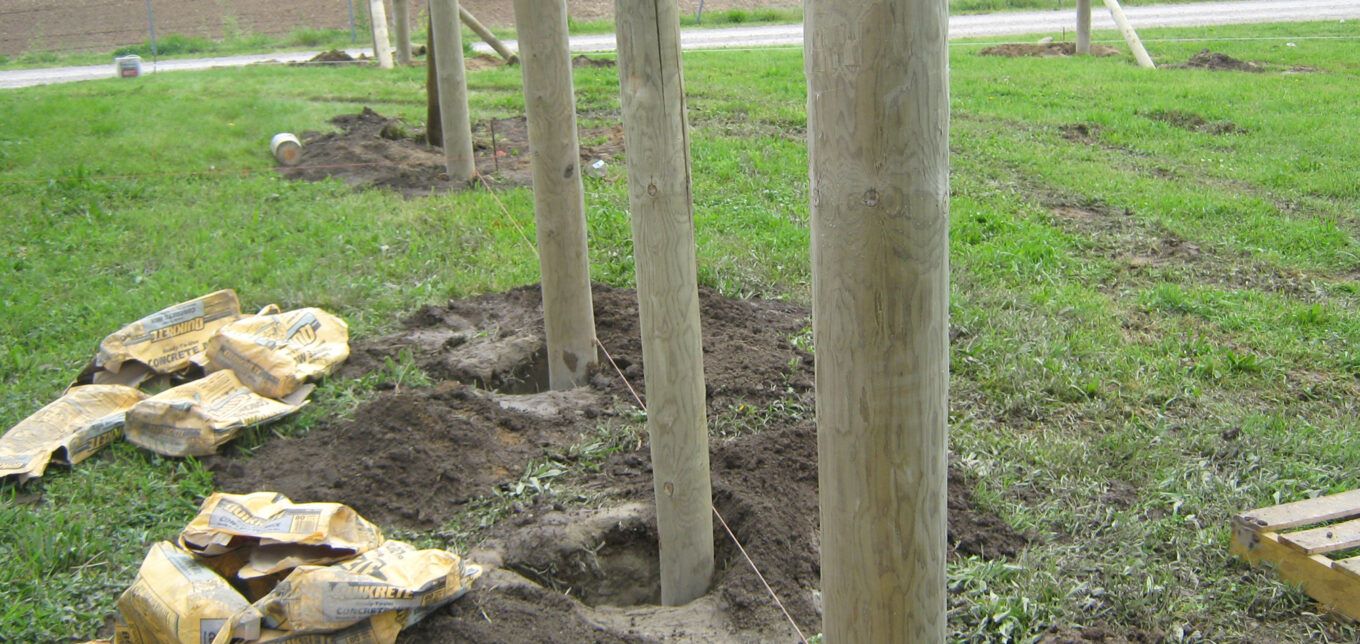

Articles
How Deep Do Fence Posts Need To Be
Modified: January 9, 2024
Discover the ideal depth for your fence posts with our informative articles. Ensure a sturdy and long-lasting fence installation with expert tips and guidance.
(Many of the links in this article redirect to a specific reviewed product. Your purchase of these products through affiliate links helps to generate commission for Storables.com, at no extra cost. Learn more)
Introduction
When installing a fence, one of the most crucial factors to consider is the depth at which the fence posts should be set. The stability and longevity of your fence heavily rely on the proper installation of the posts. If the posts are not set deep enough, the fence may become unstable and susceptible to leaning or collapsing under certain conditions.
There are several factors that determine how deep fence posts should be installed. These factors include soil type and conditions, the frost line in your region, the height and design of the fence, and the material of the posts. Understanding these factors and their impact on post depth will help you make informed decisions when planning your fence installation.
In this article, we will delve into the various considerations when determining the depth at which fence posts should be set. We will explore the different factors that can influence post depth and provide recommendations for various types of fences. By the end of this article, you will have a comprehensive understanding of how deep your fence posts need to be for a sturdy and durable fence.
Key Takeaways:
- Proper depth for fence posts is crucial for stability. Factors like soil type, frost line, fence height, and post material impact depth. Consider specialty cases and local regulations for optimal installation.
- Different types of fences require varying post depths. Consider soil type, frost line, and local regulations. Specialty cases like sloped terrain and high wind areas may require adjustments.
Read more: How Deep To Dig For Fence Post
Factors to Consider
When determining the depth at which fence posts need to be set, there are several important factors to consider. These factors will influence the stability and overall strength of your fence. Here are the key factors to keep in mind:
- Soil Type and Conditions: The type and condition of the soil will play a crucial role in determining how deep your fence posts need to be. For example, sandy soils tend to be less stable and require deeper post installation, while clay soils provide more stability and may require shallower post depths. Additionally, soil that is loose or prone to erosion may also necessitate deeper post installation for added stability.
- Frost Line: The depth at which the ground freezes, also known as the frost line, is another critical factor to consider. In regions with freezing winter temperatures, it is essential to set fence posts below the frost line to prevent the posts from being lifted out of the ground due to frost heave. The depth of the frost line varies depending on your geographical location, so it’s important to consult local building codes or experts to determine the frost line depth in your area.
- Fence Height and Design: The height and design of your fence will also impact the required post depth. Taller and heavier fences put additional stress on the posts, requiring them to be set deeper for increased stability. Likewise, certain fence designs, such as those with wider panels or those that are subjected to wind loads, may also require deeper post installation to ensure the fence remains sturdy and upright.
- Post Material: The material of the fence posts will also influence the recommended post depth. Different materials have varying levels of strength and structural integrity. For example, wooden posts may need to be set deeper than metal or vinyl posts to provide adequate support. It’s important to consider the specific characteristics and recommendations for the type of post material you are using.
By taking these factors into account, you can ensure that your fence posts are set at the appropriate depth to withstand the conditions they will face and maintain the stability and integrity of your fence.
Soil Type and Conditions
The type and conditions of the soil in your area play a significant role in determining the depth at which your fence posts should be set. Different soil types have varying levels of stability and load-bearing capacity, which directly affects the overall strength and stability of your fence.
Sandy soils, for example, are generally less stable than clay or loam soils. They tend to have poor drainage and can easily shift and erode, compromising the stability of your fence. In sandy soils, it is advisable to set fence posts deeper to ensure sufficient anchoring and stability. A general recommendation for sandy soils is to set the posts at least 30% of the total fence height, or a minimum of 2 feet deep.
On the other hand, clay soils tend to provide more stability due to their compactness and moisture retention properties. The heavy and dense nature of clay soil provides better support for fence posts. In clay soils, you may be able to set the posts at a shallower depth compared to sandy soils. However, it’s important to consider any potential issues with drainage and ensure the posts are still sufficiently deep to withstand the weight and pressures of the fence.
In addition to soil type, soil conditions also play a vital role. If the soil is loose, has a high water table, or is prone to erosion, it is essential to set the posts deeper to compensate for these factors. Loose soil, for example, may not provide adequate stability and can result in a leaning or unstable fence. Similarly, if there is a high water table, the ground may become saturated and soft, causing the posts to sink or become unstable over time.
Before installing your fence, it is recommended to assess the soil type and conditions in your area. This can be done by consulting with a local soil engineer or conducting simple tests like digging a small hole to observe the soil characteristics. Understanding the soil in your area will help you determine the appropriate depth at which to set your fence posts for optimal stability and longevity.
Frost Line
The frost line, also known as the freezing depth or frost depth, refers to the depth at which the ground freezes during the winter months. Understanding the frost line in your region is crucial when determining the appropriate depth for installing fence posts.
When the ground freezes, it expands and exerts pressure on anything within it, including fence posts. If a fence post is set above the frost line, it is vulnerable to being lifted out of the ground due to frost heave. Frost heave can cause significant damage to a fence and compromise its stability.
The depth of the frost line varies depending on your geographical location and local climate. It is important to consult local building codes or contact your local building department to determine the specific frost line depth in your area.
Generally, the recommended practice is to set fence posts below the frost line. This ensures that the posts are anchored in the ground below the depth at which freezing occurs. By setting the posts below the frost line, you minimize the risk of frost heave and maintain the stability of your fence throughout the seasons.
The depth at which fence posts should be set below the frost line can vary depending on various factors such as soil type, post material, and local regulations. As a general guideline, setting the posts at least 6 inches to 1 foot below the frost line is a common practice. However, it is crucial to check the specific requirements and recommendations for your region to ensure compliance and long-lasting stability of your fence.
Keep in mind that failing to adequately set fence posts below the frost line can result in costly repairs or replacements in the future. By understanding and adhering to the frost line depth in your region, you can ensure the durability and longevity of your fence, even in freezing temperatures.
Fence Height and Design
The height and design of your fence are key considerations when determining the depth at which to set the fence posts. Taller and heavier fences require greater stability and support, and thus, typically necessitate deeper post installation.
A taller fence will experience more wind resistance, and as a result, will exert greater forces on the posts. This increased force can cause the fence to sway or lean if the posts are not set securely. To ensure the stability of a tall fence, it is recommended to set the posts deeper into the ground.
Additionally, the design of the fence can also influence the required post depth. Fences with wider panels or those subjected to wind loads, such as privacy fences or those with lattice work, may require deeper post installation. The wider surface area of the fence panels or the presence of gaps in the design can create more wind resistance, putting additional stress on the posts. Setting the posts deeper will provide the necessary support to withstand these forces.
It’s important to note that individual municipalities or local building codes may have specific regulations regarding fence height and design, which can include guidelines for post depth. Be sure to check these requirements before installing your fence to ensure compliance with local regulations.
In general, when installing a fence, it is recommended to follow the manufacturer’s guidelines for post depth based on the specific fence height and design. These guidelines are often based on years of experience and testing, and they provide a good starting point for ensuring the stability and durability of your fence.
By taking into account the height and design of your fence, you can accurately determine the appropriate depth at which to set your fence posts. This will help ensure that your fence remains sturdy and secure, even under challenging weather conditions or other external factors.
Fence posts should be buried at least one-third of their length, with a minimum depth of 2 feet for shorter posts and 3 feet for taller posts. This provides stability and prevents leaning or shifting.
Read more: How Much Concrete Needed For Fence Post
Post Material
The material of the fence posts is another important factor to consider when determining the required depth for installation. Different post materials have varying levels of strength and durability, which can affect the overall stability and longevity of your fence.
Wooden posts are a popular choice for many homeowners due to their natural aesthetics and affordability. However, wood is susceptible to rot and decay over time, especially when in contact with soil. To mitigate this, it is crucial to set wooden fence posts at an appropriate depth to minimize exposure to moisture and potential decay. As a general guideline, wooden posts should be set at least one-third of their total length below ground level.
For metal posts, such as steel or aluminum, their structural integrity allows for a shallower installation depth compared to wood. Metal posts are not subject to rot or decay, making them more resistant to environmental factors. Typically, metal posts can be set at a depth of around 1/3 to 1/2 the height of the post above ground level.
Another popular option for fence posts is vinyl. Vinyl posts are known for their durability, low maintenance, and resistance to rot and decay. Like metal posts, vinyl posts can be set at a shallower depth compared to wooden posts. Setting vinyl posts at a depth of about 1/3 to 1/2 the height of the fence above ground level is often sufficient.
It’s important to consult the manufacturer’s instructions or recommendations when determining the appropriate depth for installing posts based on the specific material you are using. Manufacturers often provide guidelines based on their product’s properties and engineering specifications.
Additionally, some homeowners opt for alternative materials, such as composite or fiberglass posts. These materials typically have their own specific installation instructions, and the recommended depth will vary depending on the manufacturer and product specifications.
By considering the material of your fence posts, you can determine the appropriate depth for installation to ensure the stability, durability, and longevity of your fence. Understanding the unique characteristics of each material will help you make informed decisions and choose the most suitable post material for your specific needs.
Recommended Depth for Different Types of Fences
The recommended depth for installing fence posts can vary depending on the specific type of fence you are installing. Different types of fences have varying structural requirements and load-bearing capacities, which can impact the necessary depth for post installation. Here are the recommended depths for common types of fences:
- Wooden Fences: For a standard wooden fence, it is generally recommended to set the posts at a depth of at least 1/3 of their total length below ground level. This helps ensure adequate stability and resistance to wind and other external forces. For example, if you have an 8-foot tall wooden fence, the posts should be set at least 2.5 to 3 feet deep.
- Chain Link Fences: Chain link fences are typically lighter and require less depth for post installation. A common guideline for chain link fences is to set the posts at least 2 feet deep. However, if you are installing a taller chain link fence or in an area prone to high winds, it is advisable to set the posts deeper for increased stability.
- Vinyl Fences: Vinyl fences are known for their durability and low maintenance. Due to the lightweight nature of the material, vinyl fence posts can be set at a shallower depth compared to wood. The recommended depth for vinyl fence posts is usually around 1/3 to 1/2 of the height of the fence above ground level.
- Metal Fences: Metal fences, such as steel or aluminum, are generally more structurally sound and require less depth for post installation. For most metal fences, setting the posts at a depth of around 1/3 to 1/2 of the height of the fence above ground level is sufficient for stability.
- Composite Fences: Composite fences are a popular choice for their durability and resistance to rot and decay. The recommended depth for installing composite fence posts is similar to wooden fences, typically around 1/3 of their total length below ground level.
It’s important to note that these are general guidelines and may vary based on factors such as soil conditions, local building codes, and specific manufacturer recommendations. It’s always recommended to consult the manufacturer’s instructions and local regulations to determine the precise requirements for installing your chosen type of fence.
By following the recommended depth for the specific type of fence you are installing, you can ensure proper structural support and longevity for your fence. Investing the time and effort to set the posts at the appropriate depth will result in a sturdy and durable fence that can withstand the test of time.
Specialty Cases and Exceptions
While there are general recommendations for the depth at which to set fence posts, there are also specialty cases and exceptions that may require different approaches. These cases arise due to specific circumstances or unique fence designs. Here are some specialty cases and exceptions to consider:
- Sloped Terrain: If you are installing a fence on sloped terrain, it is important to adjust the post depth accordingly. In this case, the depth of the posts may vary along the slope to ensure the fence remains level. The posts on the downhill side may need to be set deeper to maintain consistent fence height.
- Gate Posts: Gate posts experience additional stress due to the weight and movement of the gate. It is recommended to set gate posts deeper than the rest of the fence posts for added stability. Consult the gate manufacturer’s guidelines for the specific depth requirements based on the size and weight of the gate.
- High Wind Areas: If you live in an area prone to high winds, it is important to take special precautions to ensure the stability of your fence. In such cases, setting fence posts deeper than the recommended depth may be necessary to withstand the increased wind load. Additionally, using taller and thicker posts or reinforcing the fence with additional bracing can help enhance its wind resistance.
- Soil Stabilization: In certain cases where the soil is inherently unstable or prone to erosion, additional measures may be required to stabilize the fence. This can include using concrete footings or specialized anchoring systems to ensure the posts remain secure even in challenging soil conditions.
- Local Building Codes: Local building codes and regulations may have specific requirements for fence post depths. Always consult with your local building department or review the applicable building codes to ensure compliance and avoid any potential issues or delays.
It is important to consider these specialty cases and exceptions to ensure the stability and durability of your fence, especially when faced with unique circumstances or challenging environmental conditions. Consulting with professionals or experts in the field can provide valuable guidance and help you make informed decisions based on your specific situation.
By taking these factors into account, you can address any potential exceptions or specialty cases and ensure that your fence is properly installed and able to withstand the unique challenges it may face.
Conclusion
Setting the appropriate depth for fence posts is crucial for the stability, longevity, and overall integrity of your fence. Considering factors such as soil type and conditions, the frost line, fence height and design, and post material will help you determine the optimal depth for installation.
Soil type and conditions play a significant role in post depth, with sandy soils generally requiring deeper installation for stability. Understanding the frost line in your area is essential to prevent frost heave from lifting the posts out of the ground. The height and design of your fence also play a role, with taller fences and those subject to wind loads requiring deeper post installation.
Post material is another important consideration, as different materials have different load-bearing capacities. Wooden posts typically require greater depth due to decay and rot potential, while metal and vinyl posts can be set at shallower depths. It is essential to consult manufacturer recommendations for your specific post material.
In some cases, such as sloped terrain, gate posts, or high wind areas, there may be exceptions to the general guidelines, and specific adjustments may be necessary. It is crucial to take these specialty cases into account to ensure stability and address unique challenges or circumstances.
Remember to also consider any local building codes and regulations that may dictate specific post depth requirements. Compliance with these regulations is important to ensure the safety and legality of your fence installation.
By carefully assessing all these factors, you can determine the recommended depth for the installation of your fence posts and help ensure a sturdy, durable, and aesthetically pleasing fence that will withstand the test of time. Taking the time and effort to set your fence posts at the appropriate depth will provide you with the peace of mind knowing that your fence is securely anchored and built to last.
Whether you are installing a wooden fence, a chain link fence, or any other type of fence, following these guidelines and considering the specific factors at play will contribute to the overall success of your fence installation. Remember to always prioritize stability, durability, and compliance with local regulations to achieve the best results with your fence project.
Frequently Asked Questions about How Deep Do Fence Posts Need To Be
Was this page helpful?
At Storables.com, we guarantee accurate and reliable information. Our content, validated by Expert Board Contributors, is crafted following stringent Editorial Policies. We're committed to providing you with well-researched, expert-backed insights for all your informational needs.
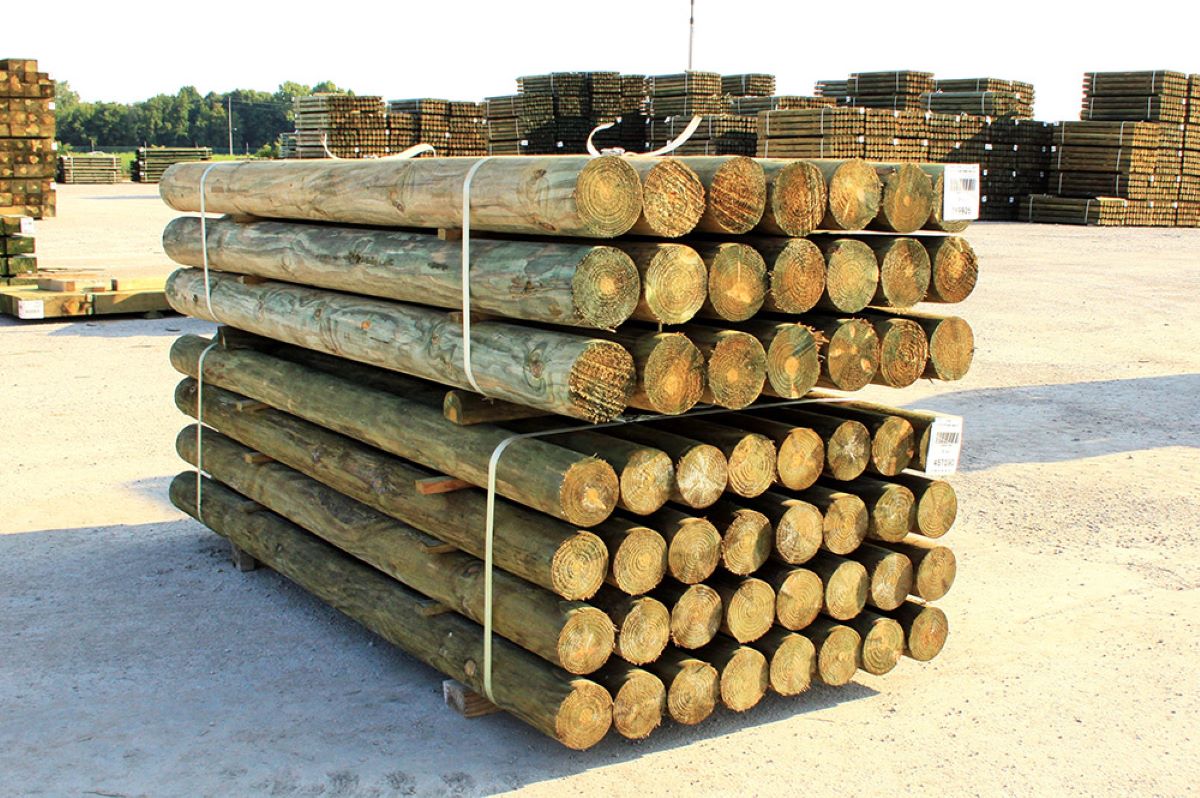
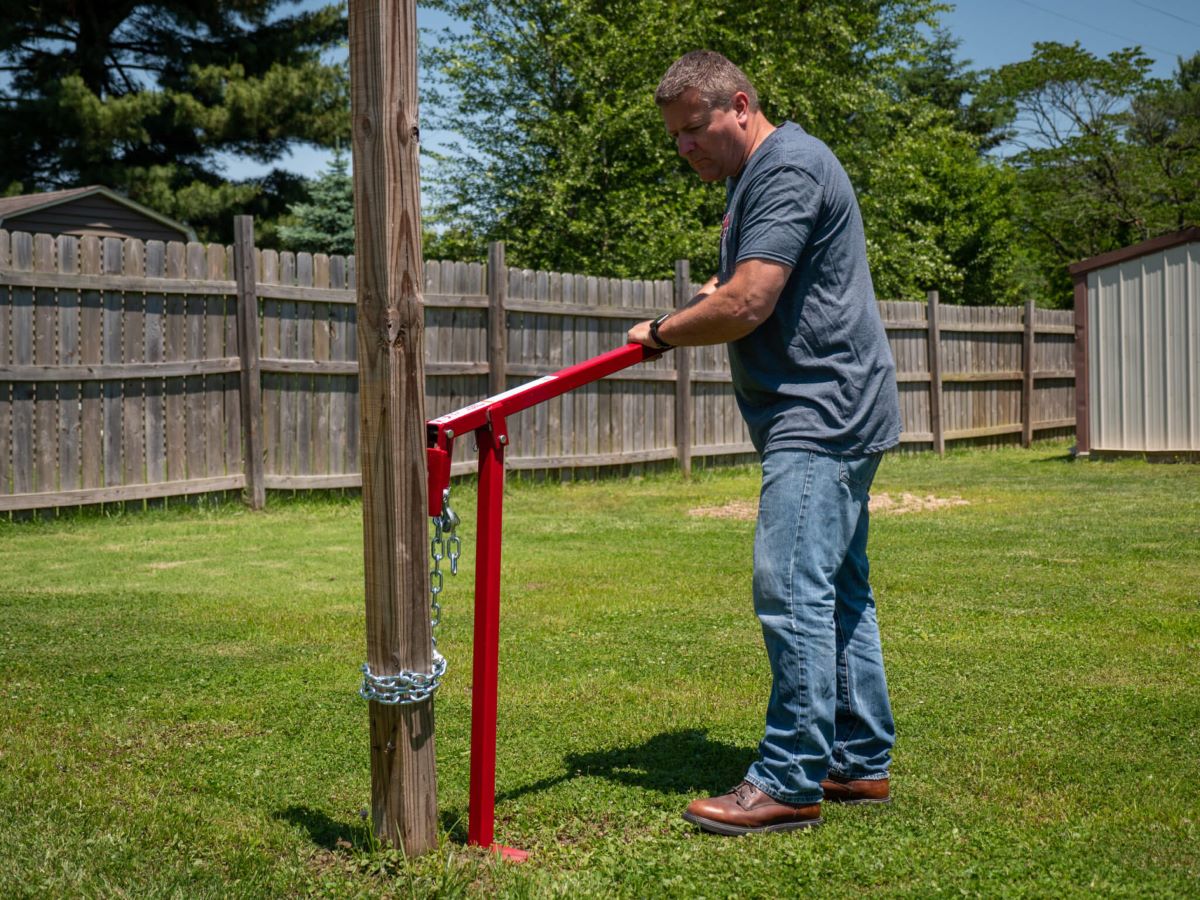
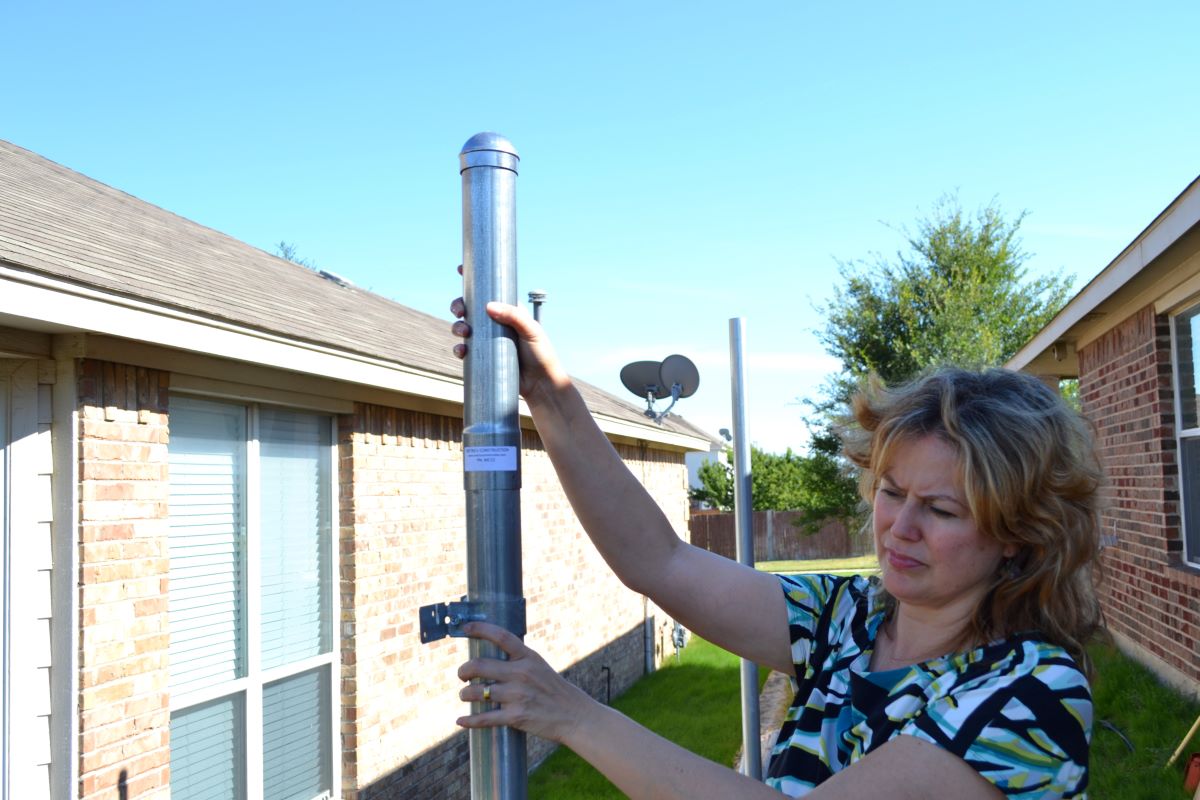
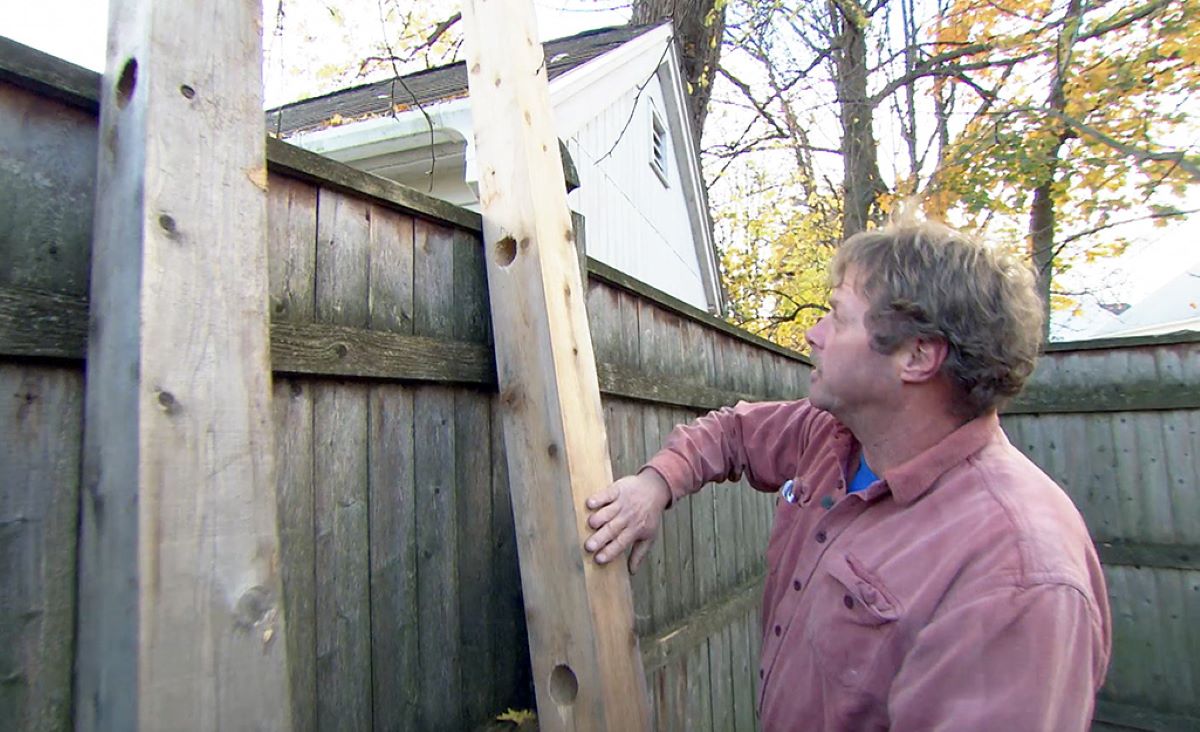
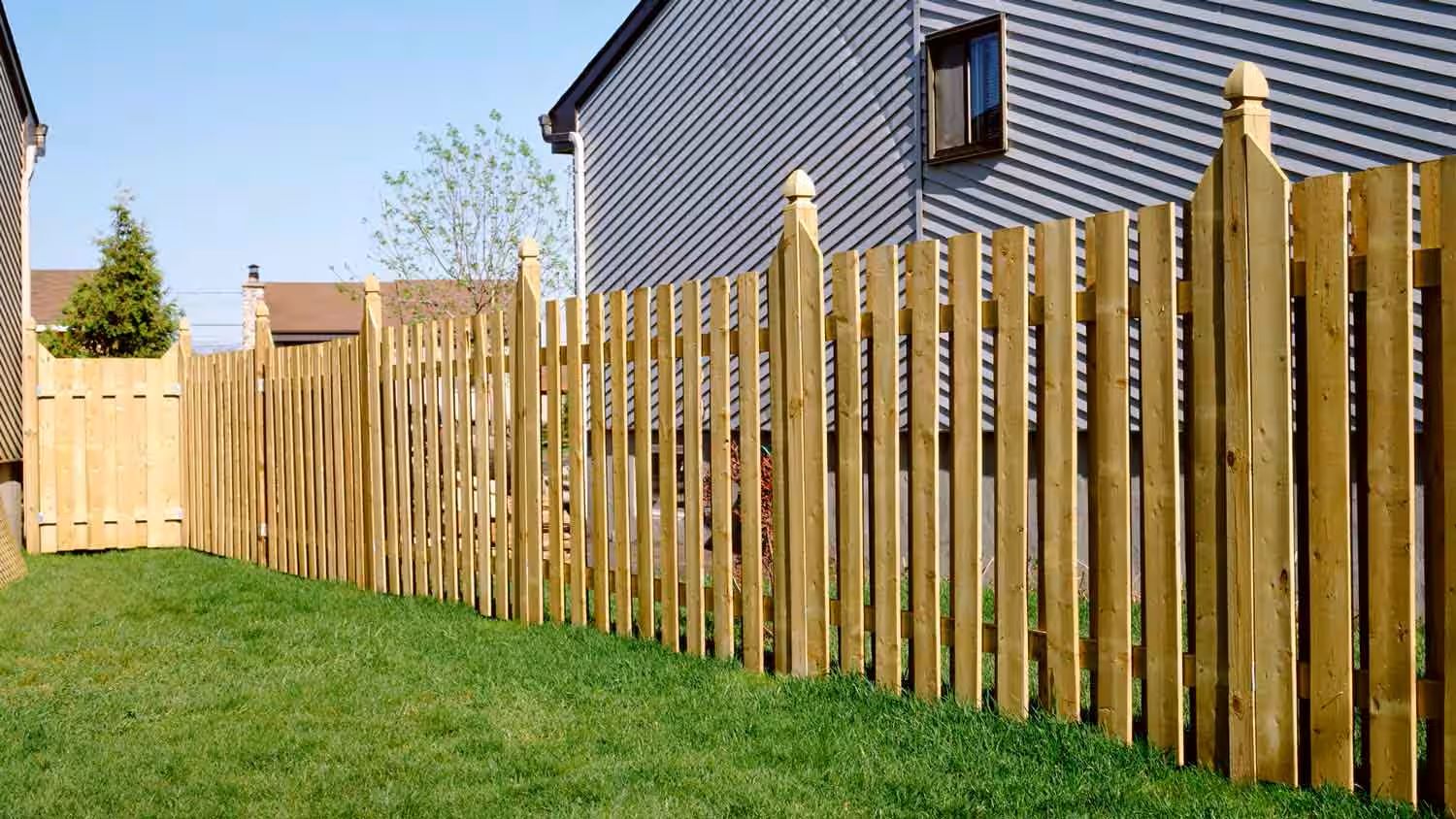
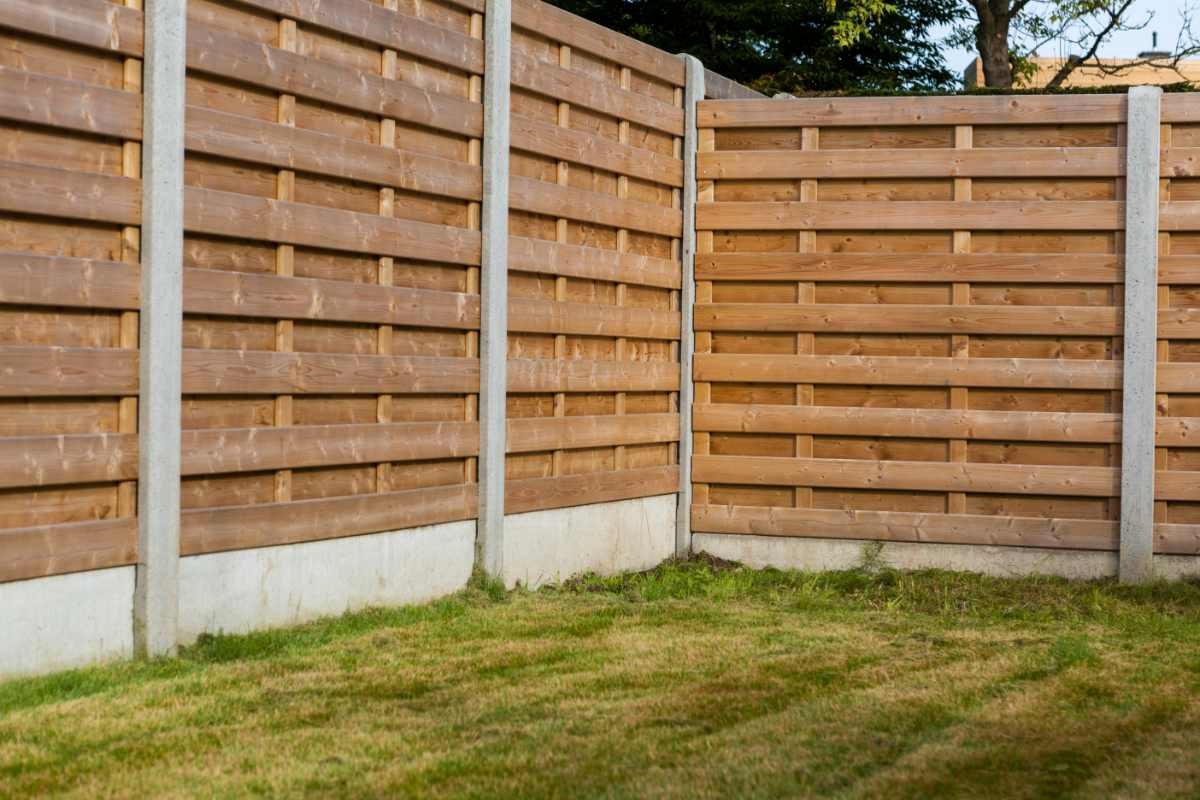
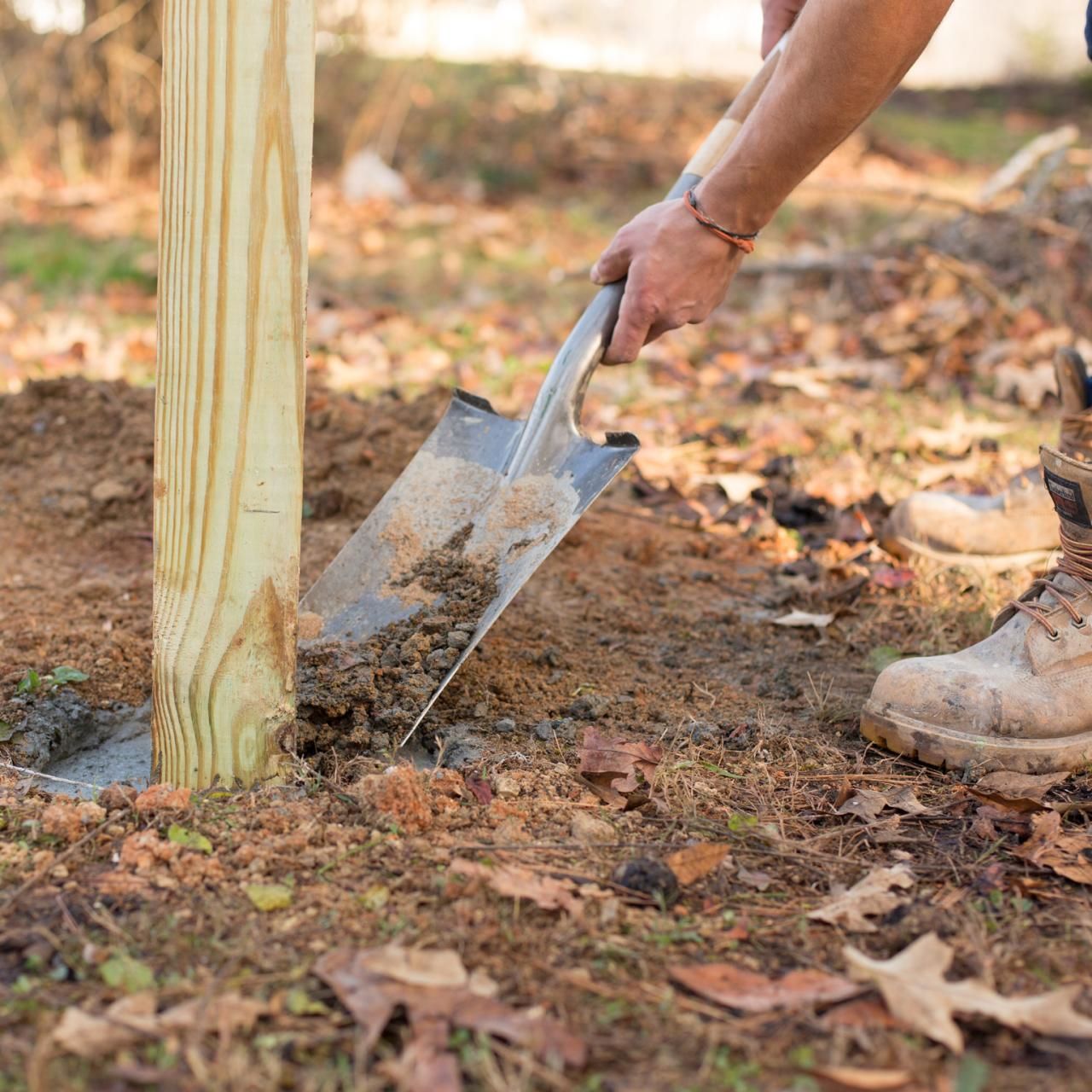
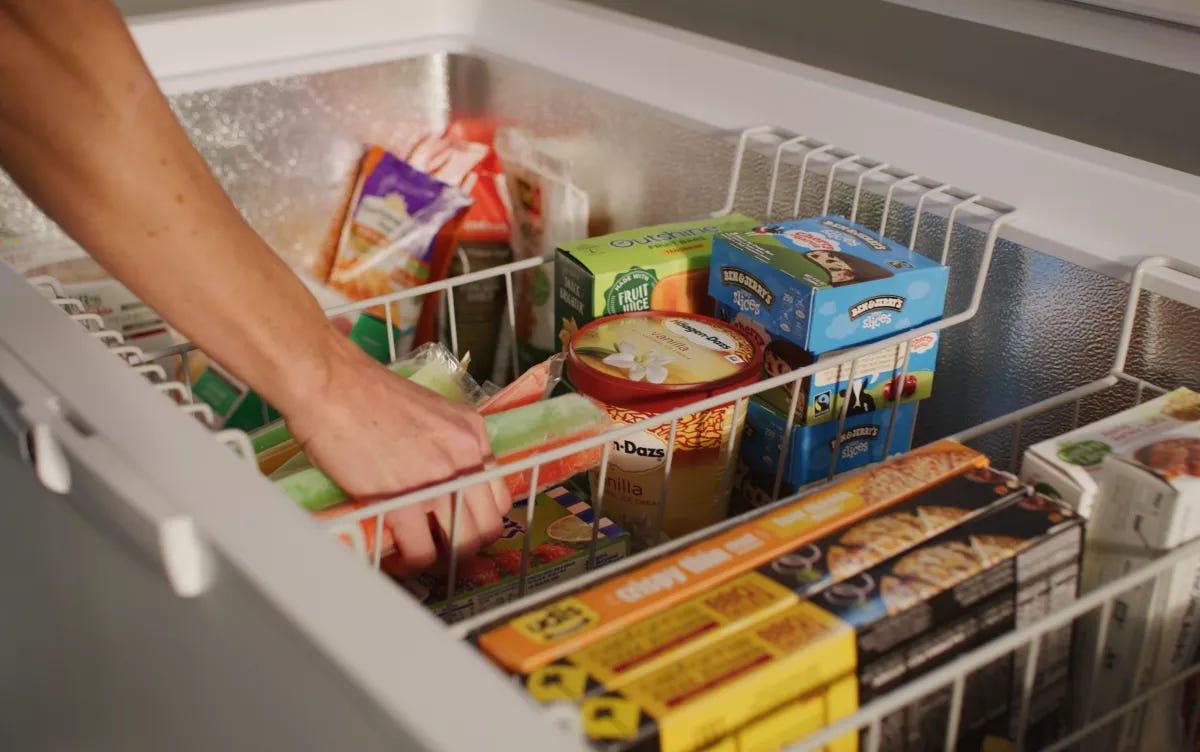
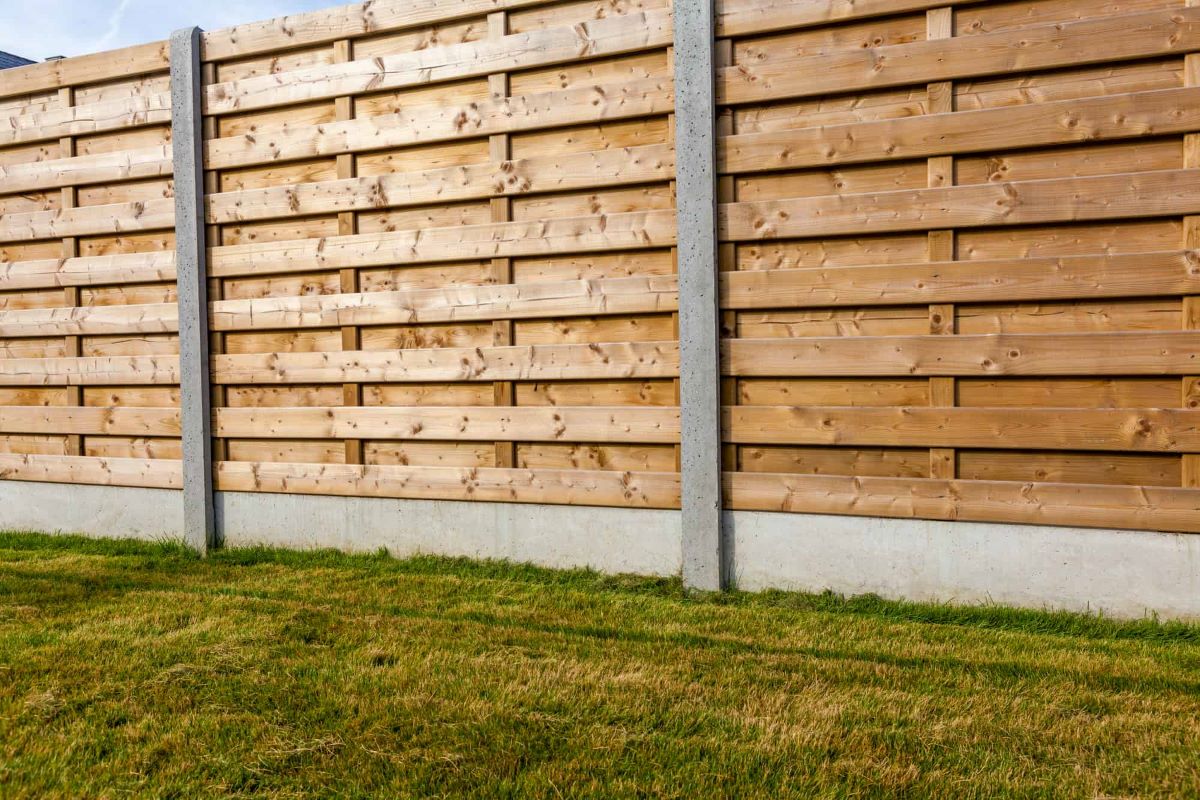
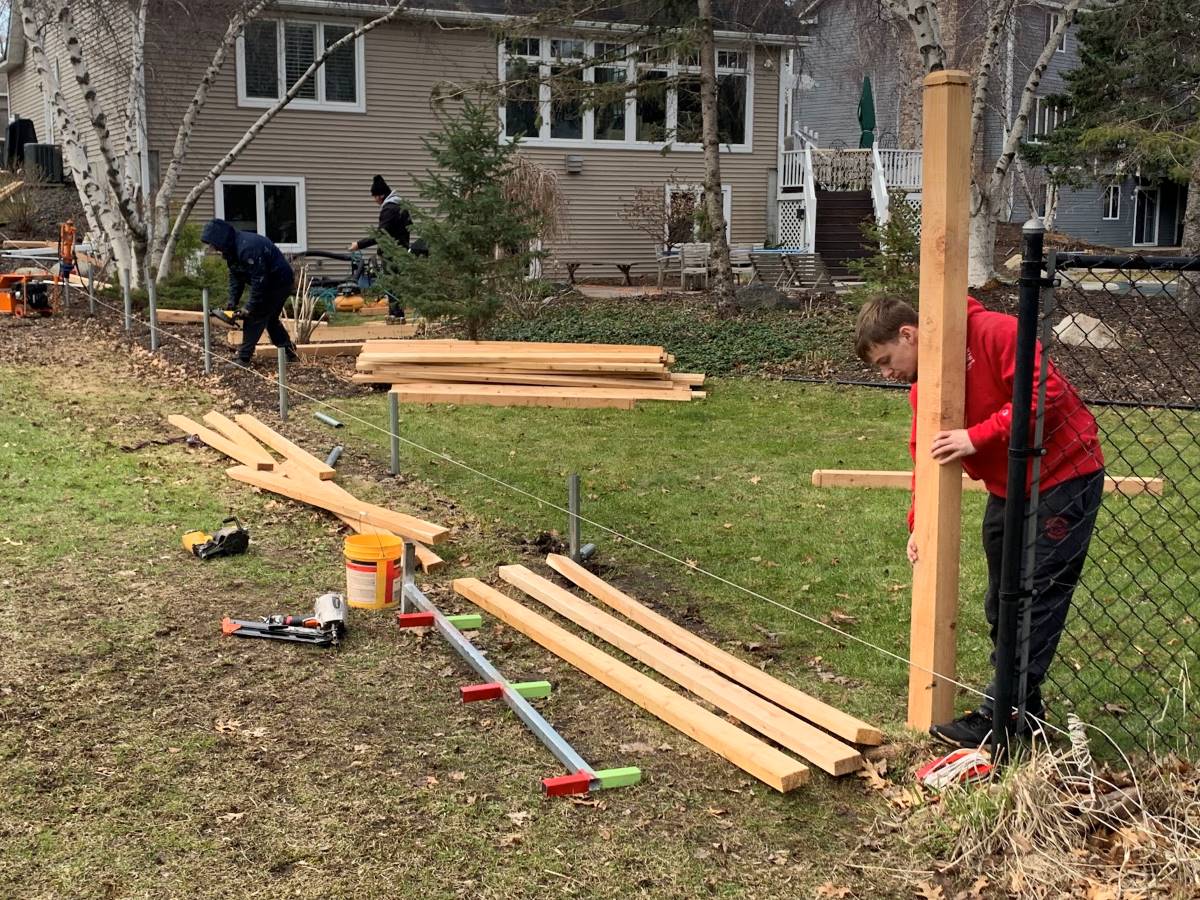
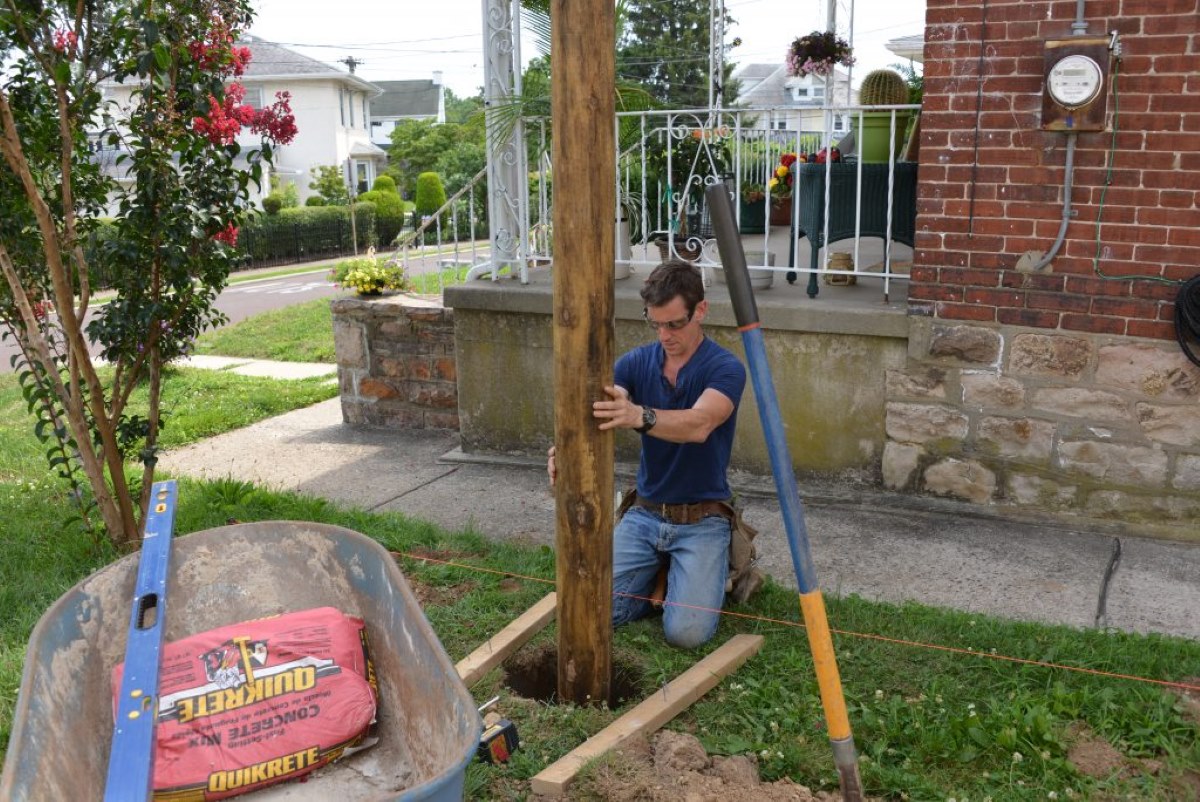
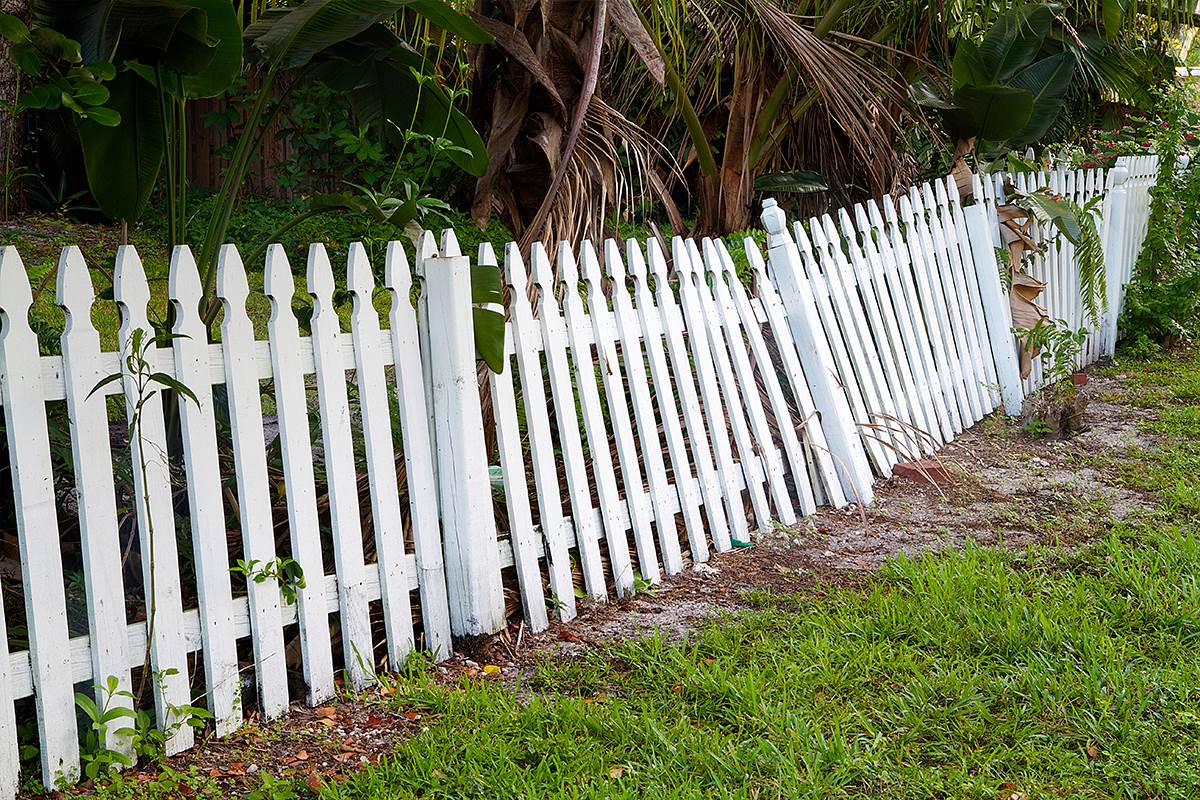
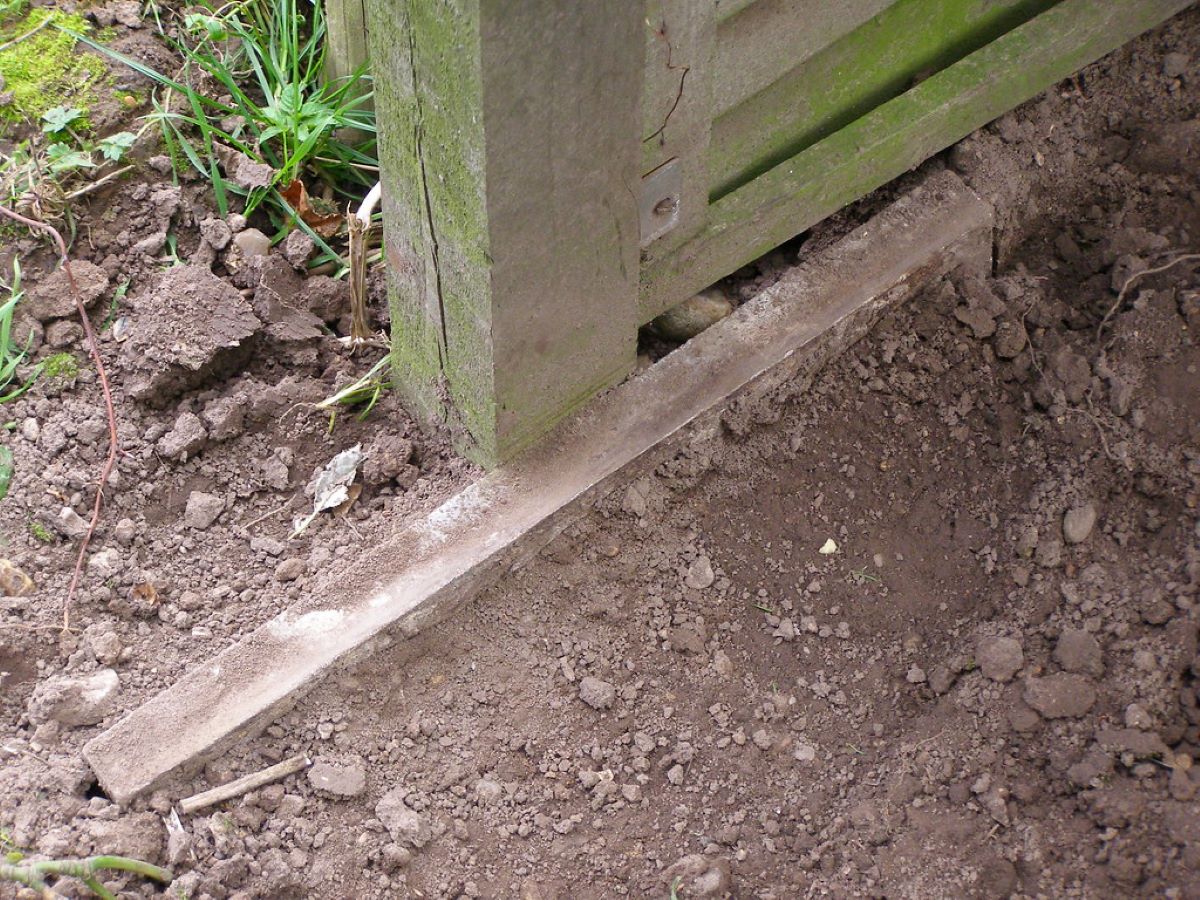
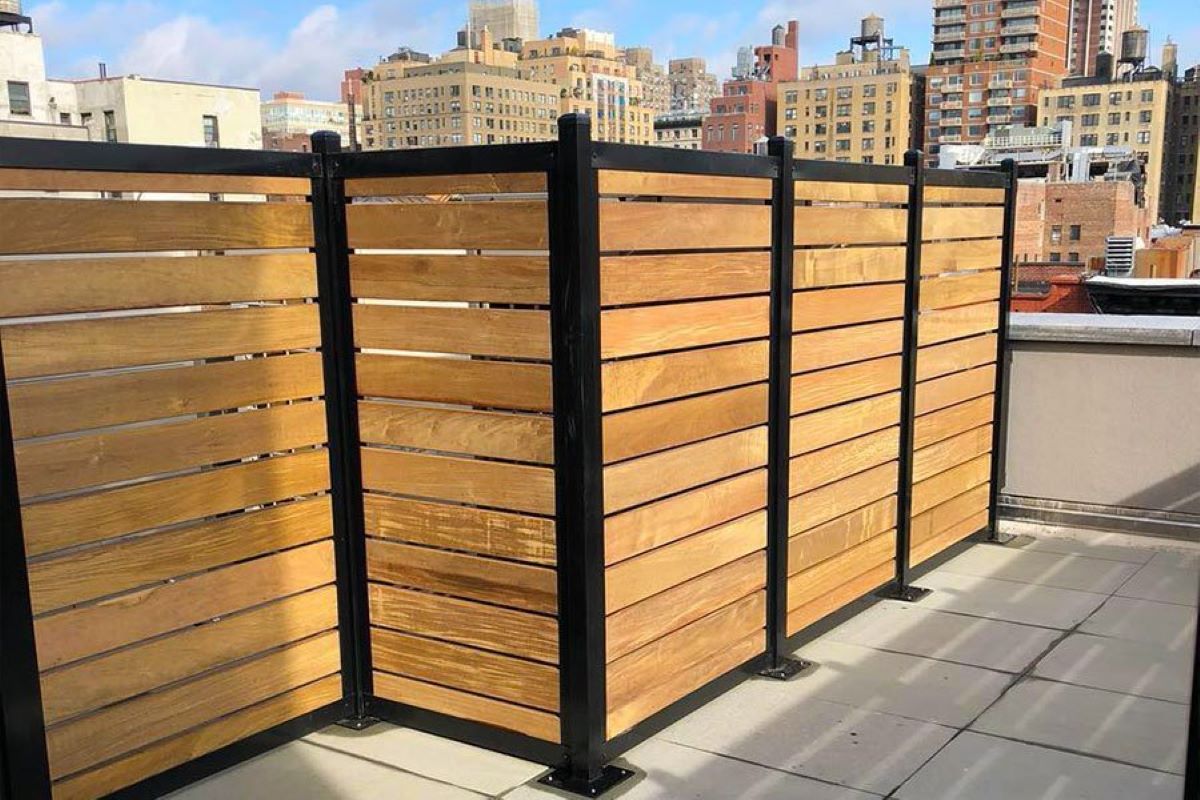

0 thoughts on “How Deep Do Fence Posts Need To Be”